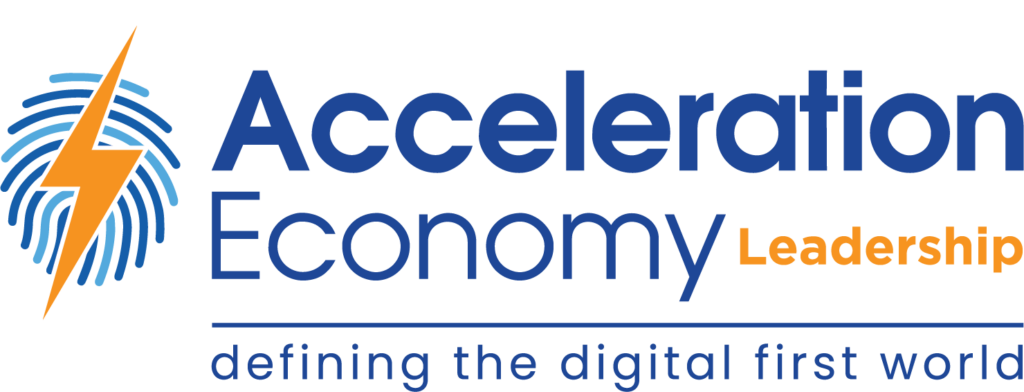We’ve all heard about and read the boatload of articles about the technology “as-a-Service” revolution that is occurring in the industry. The bottom line: Everything is now a service, pay as you go, consume what you need, and get billed by the user or instance versus the old IT project approach. This revolutionized your ecosystem strategy for suppliers, providers, services, and talent — and the revolution isn’t over.
So, just what’s next in this revolution? Let’s take a quick look at the market realities.
Evaluating Market Realities
First, we are now at a place where we can couple a seemingly infinite supply of cheap money with truly scalable software. This means that the common barriers we used to see — IT budget and time to deploy — can be removed from the tech innovation discussion as we reach true scale.
Secondly, the supply of available IT talent is at an all-time low. More than anything, we need automation and orchestration from these scalable software solutions. Why? Because our enterprise IT staff, who are being tasked with delivering a digital experience that delights customers, just don’t have the bandwidth to do it the old way any longer. Endless complexity coupled with swelling software bloat has put IT on a track of destruction, whereby the promise of the technology doesn’t meet the reality of the technology — and IT is left holding the integration bag, so to speak.
Finally, we are seeing IT talent move from vertical (“I work for XYZ company”) to horizontal (“I have a talent set that I am going to apply across projects, companies, and people that need that talent”). With that, we see an evolution in how we hire, inspire, and reward the top IT talent in this new horizontal work world. Enter the next revolution.
The Next Revolution: Outcomes-as-a-Service
This revolution will build on the everything “as-a-Service” trend but improve it to work in the real-world conditions we face today. It will evolve the current state to be a new way of providing and being paid for the technology.
Just what will that look like? At the highest level, you will see ecosystem partners start to knit together the solutions that are needed and provide them to companies with a model that can only be called “Outcomes-as-a-Service,” or OaaS, as I think I will coin it today. This OaaS approach will deliver on the promise of scale, automation, AI, and reduction of needed resources in a new way — a way that they will commercialize differently.
For the partners who stitch together the right solutions, this commercialization will look a lot like an at-risk element that will only be paid if they can deliver the intended outcome. This commercialization may in fact take “cheap” software and make it more expensive but only for the firms that have a net positive result from the software being used in their business. The risk, though, for partners who adopt OaaS, is large.
After all, when you consider that many sources claim that 70% of digital transformations don’t work, you can see the risk that the partner — which is willing to put together a full solution, implement it, and ensure it works as intended to provide a business outcome — could be facing a steep hill to profitability. But profit, it will; because as with every evolution, some members of the ecosystem figure it out, and those are the firms you want to partner with and who make profits.
Key Elements of Outcomes-as-a-Service
Ecosystem firms like ScienceLogic, which promise to liberate your IT staff and propel your digital transformation, are already using this very same approach for their solutions. These solutions completely automate AI operations in a seamless way that delivers on the promise of disparate systems working together to produce an outcome.
The promise of making your systems all communicate, share data, and act on that data is a key element of this Outcomes-as-a-Service revolution. In the coming decade, we will move past per-user pricing, a usage-based contract, or a recurrent monthly subscription on each piece part of the solution. Instead, we will move to integrated intelligent solutions that work together to provide the intended outcomes.
In that world, it will be key to have the right partners, which can provide that outcome and the right commercial models for your business to both purchase these solutions and also potentially provide them downstream to your customers. This analyst would recommend you start thinking about this now and take a hard look at the partnerships you need to succeed in this new outcome-based world.
Happy partnering!
Want more tech insights for the top execs? Visit the Leadership channel:







